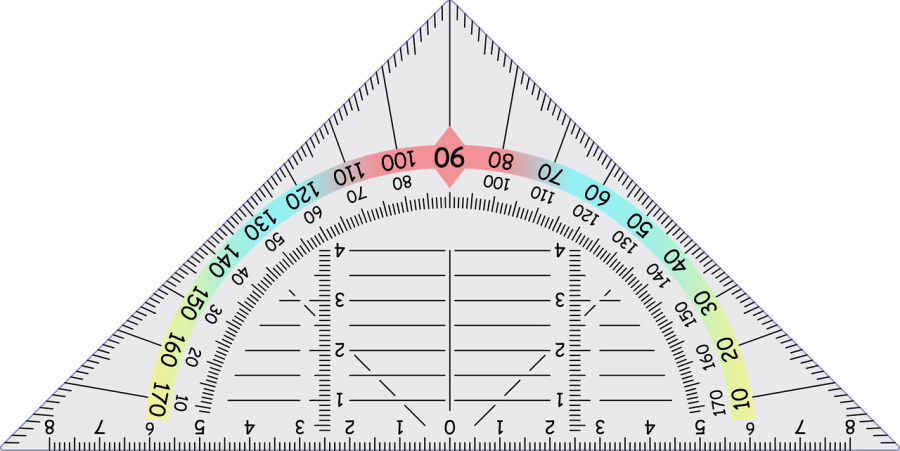How to Understand Different Types of Angles Interestingly?
You must have observed in your life that so many people drop the subject of mathematics whenever they have a chance to drop it. Most people prefer other subjects over mathematics in college. If you ask them why they hate mathematics then they will tell you that it is tough for them and they can’t deal with mathematics anymore. There are two reasons behind this type of behavior. First is they are afraid of mathematics from their school and the second is they didn’t understand the concept of mathematics well in their school life. When students don’t understand anything, they simply start memorizing it and mathematics is a subject that you can’t understand until and unless you understand it. Therefore, it is really important in life to understand mathematics from the basics. you should understand each concept of mathematics very clearly. School students are familiar with different types of mathematics topics such as complementary angles.
An angle is a shape that we see in our regular life. We solved many problems based on angles such as logical, numerical, and many more. There are different types of angles such as right-angle, alternate angle, similar angle, and many more. You must have answered lots of questions related to finding the number of angles, find the type of an angle, find the oddly shaped angle, find the length of an angle, and many more. You must solve mathematics problems by considering their real-life example in front of you. Children face problems while remembering mathematics formulas but rather than remembering it you can teach them to understand them properly. In childhood life, your mind remains active all the time. That’s why what you teach to your children in childhood remains in their minds for a lifetime. Let’s see the different facts and interesting things that you should keep in mind while understanding the concept of Complementary Angles:
- In order to understand the topics such as measurements, theorems, properties of triangles, construction, and many more geometry-related topics you have to understand different types of angles.
- All the above-mentioned topics include terms like alternate angles, acute angles, obtuse angles, right angles, complementary angles, corresponding angles, and many more.
- You should understand the concept and logic behind every angle then only you will be able to understand their different properties. When you understand each angle and its properties nicely then you can imagine that angle and you can draw that angle perfectly.
- If you are able to do the above thing then you can solve any problem based on angles no matter how complicated the problem is.
- Now let’s understand more about the complementary angle. You have to understand this angle as it is used in various triangle theorems.
- If you draw one angle then you can have more than one angle in that angle by drawing lines from the middle point where the primary angle is created.
- If angle A has two more angles in it and the measurement of those two angles is equal to ninety degrees then that angle A is known as a complementary angle.
- When you draw two parallel lines and the transversal cuts those lines then the angles formed at corresponding corners are known as corresponding angles.
- You can understand the angles more clearly if you practice them and you remember their properties as interesting facts.
Now you must have understood how easy mathematics is if you study it by considering real-life examples and solutions. Also, how you can solve problems based on the corresponding angles by imagining shape. You can understand mathematics more practically if you study it from Cuemath. Here, you will learn all the properties of every shape with their real-life examples. Make the mathematics subject interesting for your kids. Don’t let your kid think that mathematics is the most boring and complicated subject. Teach them mathematics concept-wise so that they can enjoy mathematics.
Share It on :





